“The Script Room is like a personal writing room for the advertising, entertainment industryâ€
The Script Room is a fast growing writers hub that has created over 40 ad films across youth brands like Netflix, OYO, Chumbak and Beck’s Ice. The company now celebrates its one year anniversary amidst the lockdown.
The Script Room was born out of a WhatsApp Group created by one of the founders, Rajesh Ramaswamy (Ramsam), as a place to share and discuss writing and movies. This simple WhatsApp group has now turned into a full-fledged company and is a registered trademark with offices in Mumbai and Bangalore.
Also read: The Script Room wins the creative mandate for Vedantu
The company was founded by Ramsam, who’s last job was with Lowe, Bangalore, and Ayyappan Raj (Ayyappan), whose last engagement was with Lowe (Unilever Global/Lowe Singapore). The Script Room built itself with a focus on writing for audio-visual advertising and content.
In conversation with Adgully, Ramsam and Ayyappan, Co-Founders of The Script Room, tell us about their experiences in advertising, the story behind The Script Room and their vision for the company.
What are two guys with over 2 decades of ad experience each doing with a venture like The Script Room?
(Laughs) We have not started a Sushi restaurant or something! What we’re doing now is not drastically different from what we were doing earlier. We still do a lot of advertising, but we are doing a little less of old things and little more of new things – meaning we don’t do print, outdoor, design and we do long format scripting, feature writing.
What was the objective behind starting The Script Room?
We have been wanting to create a place of our own for long, but we never really pursued it. It remained as some kind of a jolly discussion to spend an evening on. We met for the new year’s in December 2018 and this time we decided to finally act on it! It’s a place created with just one thing in mind – to write and write really well. We’d also say that The Script Room is like a personal writing room for the advertising, marketing, entertainment industry. As a purpose, it would be to give writing its due and writers their due.
In the last one year of The Script Room, most of that time was in the COVID period. What have your insights, learnings and milestones been during this time?
It has affected us like how it’s affected most of us. And we are continuously figuring out ways to work with production, with all the limitations and still put out great work. In terms of how it has changed the working style – virtual meetings are surely a viable solution, but not sitting together and jamming for hours is a big trade off. To present scripts, especially long format narrations, over a video call is a little tricky as it takes away the entire physical presence, limits body language and so on.
What are the individual strengths that both of you bring to the table at The Script Room?
At times Ramsam takes the best business call, sometimes Ayyappan is the best judge of creative. The line is kind of blurred and it’s best kept that way. Also, this is how we used to go about work even when we used to work together earlier.
And it’s not just the two of us, sometimes Ujjwal takes the lead and sometimes it’s Sudhir or Ahsan. The trust in each other and absence of insecurities, over a period of time, probably allows free flowing discussions and sincere debates. The collective passion for the craft and the intellectual curiosity to understand and solve every problem in hand, helps a lot.
What are the kind of clients are you working with currently? Also, what kind of a client roster do you want to build up in the coming years?
To be honest, we have mostly gone with the flow. Except a few, most of the clients that we are working with have reached out to us with the desire to work with us. From Netflix to OYO to Vedantu, the commonality seems to be new age businesses/ brands.
More than the kind of clients that we want to work with, it’s the kind of work that we want to do that’s important for us. We want to work on a campaign for Amazon/ Flipkart that chooses to speak to working women as a single-unit, understand their life, have a meaningful dialogue and build a strong relationship with the brand. We want to develop a series of stories for Airtel/ Facebook that cherishes the significance of connectivity during COVID. We want to develop a nourishment narrative for MTR/ Amul that brings out the child in us… and so on. The list is endless and exciting.
How do you approach the creative strategy and brand narrative in the campaigns that you create?
For us, they’re sort of inseparable. Brand narrative and creative strategy has to hold each other’s hand tightly and walk together. We always start with the context of the brand, past/ current narrative and build from there on. Once we crack the what-to-say part, we spend a lot, I repeat, a lot of time on the how-to-say part. Sometimes the client is very clear on the first part, sometimes we collaborate and arrive at it together. Both works.
How do you view the growth of storytelling, especially in the COVID times? What kind of narrative have you seen gaining traction among the consumers in the current times?
We personally don’t really have any specific data on which narrative is gaining traction. Meanwhile, to acknowledge the COVID context or not, is a question that’s being debated in many board rooms (meaning Zoom calls). While it’s imperative for Lifebuoy or Dunzo to acknowledge, whether it is for Dove or Spotify is something that needs to be thought about.
In our mind, if wanting to be part of the society is a big desire for brands and when such large scale events happen that impact the world, then brands should communicate and should acknowledge, irrespective of they having a solution to offer or not.
Could you tell us about your content projects during the lockdown period? How did you conceptualise them? What are the challenges you faced and what kind of innovations you adopted in the making of that content?
We are working on two long format projects currently and they’re still in the writing stage and not hugely impacted by lockdown. And we did a jolly project called QSQT (Quarantine Stories of Quarantine Times) that was released on Humaramovie, which was done in total lockdown time, where we had to get the actors to shoot themselves on their phones. And the house the actor lives in has to be suitable to the story, if not, we had to look for a right house with the right actor, it was full on crazy times. Now, slowly the shoots are starting to happen at studios under strict guidelines.
What is your vision for The Script Room in the coming 4-5 years? What kind of a growth trajectory do you envisage for the agency?
Over the last 17 months (starting April 2019), we have set up offices in both Bangalore and Mumbai. We are about 8 people now and we want to remain small, for as long as possible. We are technically not modelled like a start-up that way – launch, scale up and build-to-sell. We are here for good. And over a period of time, between advertising and entertainment industries, we are hoping to find a sweet spot.
During time of social distancing and virtual conferences, how have you kept the spirits high while working from home? How big is the team and how do you keep the morale high?
Spirits are surely high on Fridays over Zoom parties! The good mix of work and general chit chat that we do seem to keep us going. And we actually do a lot of purposeless banter. Otherwise children of The Script Room (daughters/ sons of our team members) keep our motivation and morale high – we spend a lot of time listening to Ved (Sudhir) and Vanshika (Ujjwal) talking about comic characters to colours that they like, and Nayana (Ramsam) conducts a fortnightly general knowledge quiz for the entire team.



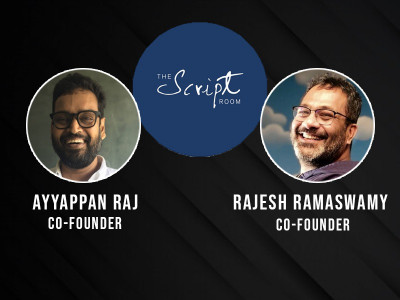
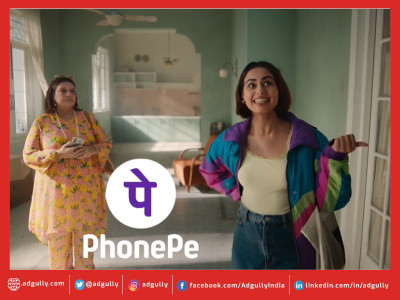



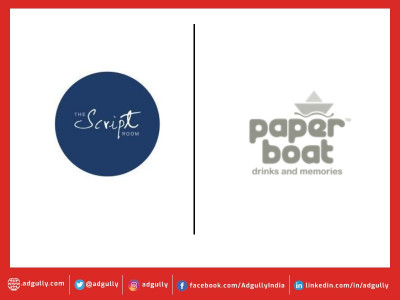
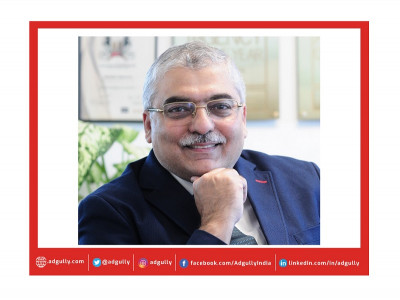
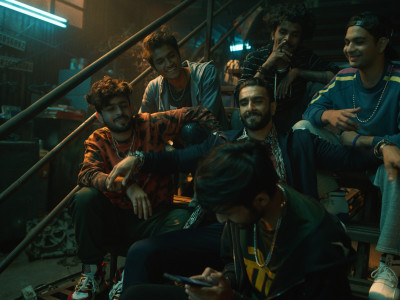
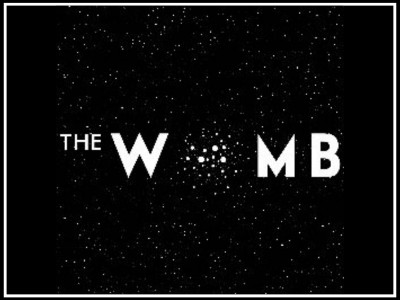
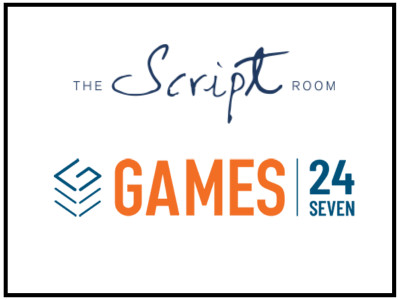
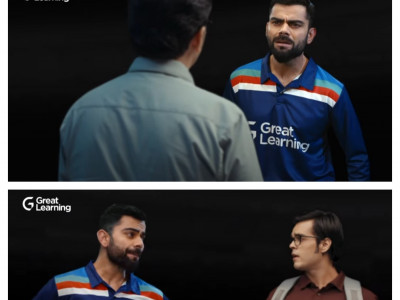

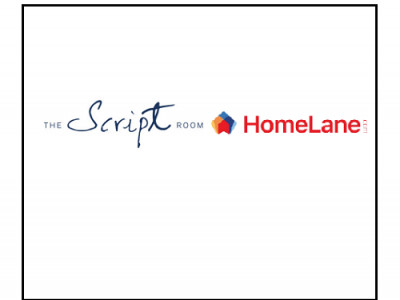


Share
Facebook
YouTube
Tweet
Twitter
LinkedIn